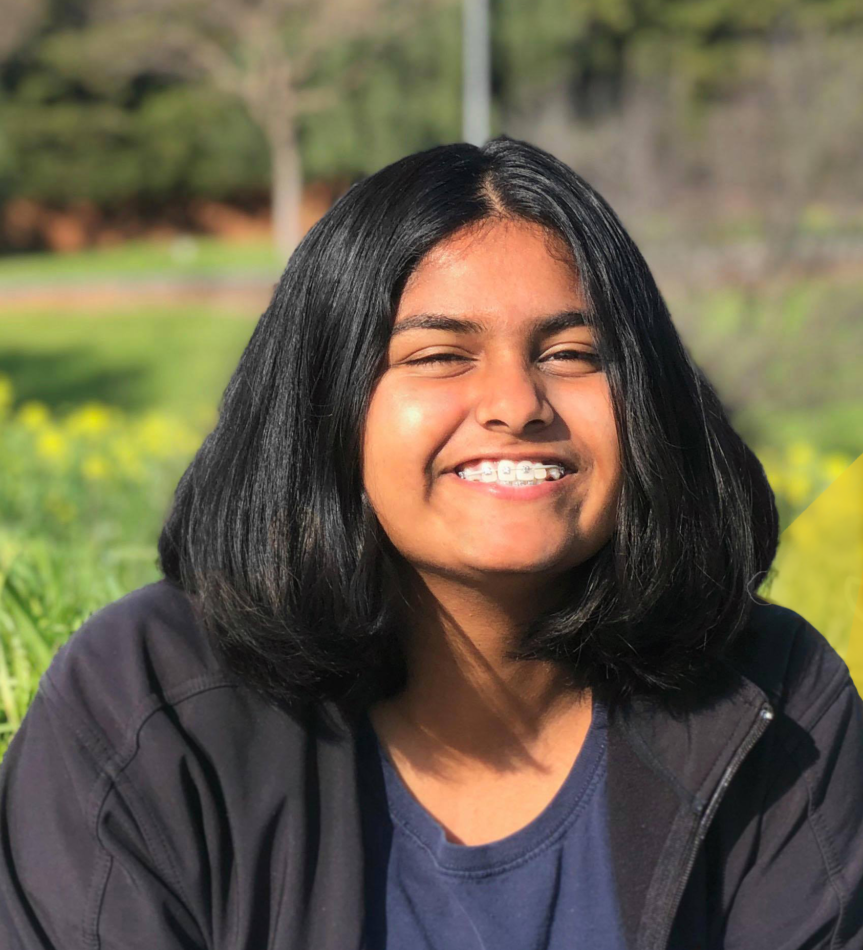A guest post from Esha Potharaju, a student leader, describing how she grew from last year’s ED 100 conference, and how current students can apply
In retrospect, it was ridiculous that I, as a student, had never felt like a stakeholder in my own school. My classmates often discussed amongst themselves the deteriorating condition of our bathrooms and the even more so deteriorating condition of our mental health—but what platform did we have to bring these concerns up?
As the academic year dragged on, the student body’s mental health issues were becoming all the more prevalent to me, and I felt helpless. The only thing I could do was inquire to my peers, “What do you think the school can do to help us?”, “Why do you think it’s like this?”, “How do we talk to the administrators?”. All of them shrugged hopelessly. “We just have to deal with it,” I remember a friend saying. I drew a sad conclusion: we, as students, didn’t have the power to demand change in our school.
It was May of 2020 when I received a nomination email from the Ed100 Academy for Student Leaders. After reading through the program guide, I believed it would take me one step further in learning how to fix my school. Fast-forward one year later, and I’m more involved than I’ve ever been.
Ed100 taught me about how decisions are made in the California education system. For example, the California State PTA’s Mary Perry taught us about who and what funds school districts. Carrie Hahnel showed us where to access a district’s data and demographics, how to analyze the information, and how we could leverage it for impact. Another speaker, Anthony Chavez of EdTrust-West, explained how bills are passed, helping make sense of the policy-making process for us. Moreover, Ed100’s website contains hundreds of free, bite-sized lessons for everyone— not just student leaders— to learn about the many components of California’s education system. During the Academy, select lessons were recommended as supplementary material, adding even more depth to what the speakers were teaching us.
As if that wasn’t enriching enough, the Academy also provided us with opportunities to lead change in California. Hosting unique pitch presentations, organizations that need and support student leadership spoke about the importance of what they do and how students could get involved. Later, we had the chance to speak with the heads of these organizations in breakout sessions. The purpose of this was to enable students to pursue involvement in organizations right away, an impact that lasted long after the Academy had ended. I joined a local chapter of GENup, a youth advocacy organization where we’ve gotten to shape education policy and organize community events to tackle the mental health problem in our district.
One thing I appreciated about Ed100’s speakers was that they didn’t treat us as children; they genuinely believed we could make a difference with the knowledge they were imparting to us. They took us seriously. Student leaders left feeling empowered with the facts and tools they needed to make an impact in their communities. I, personally, learned that all students are entitled to have a say in the very decisions that affect us. And if we aren’t given that platform, we can build one for ourselves.
The Academy was life-changing for me, and I believe other students need to know about it. Ed100’s goal aligns with mine: Have each and every high school in California represented by at least one student at the 2021 Academy for Student Leaders. Time is running out–regular applications close on June 4th. So if you are a student reading this, a student who believes that your school needs to improve for you and your peers, please register for the Ed100 Academy for Student Leaders.
Esha Potharaju (she/her) is a student advocate at Mission San Jose High School in Fremont, CA. She is passionate about enriching her community through the medium of storytelling and is currently working to diversify the curriculum in her district. In her free time, you can find Esha writing articles, drawing, and overanalyzing comics and cartoons with her best friend.

